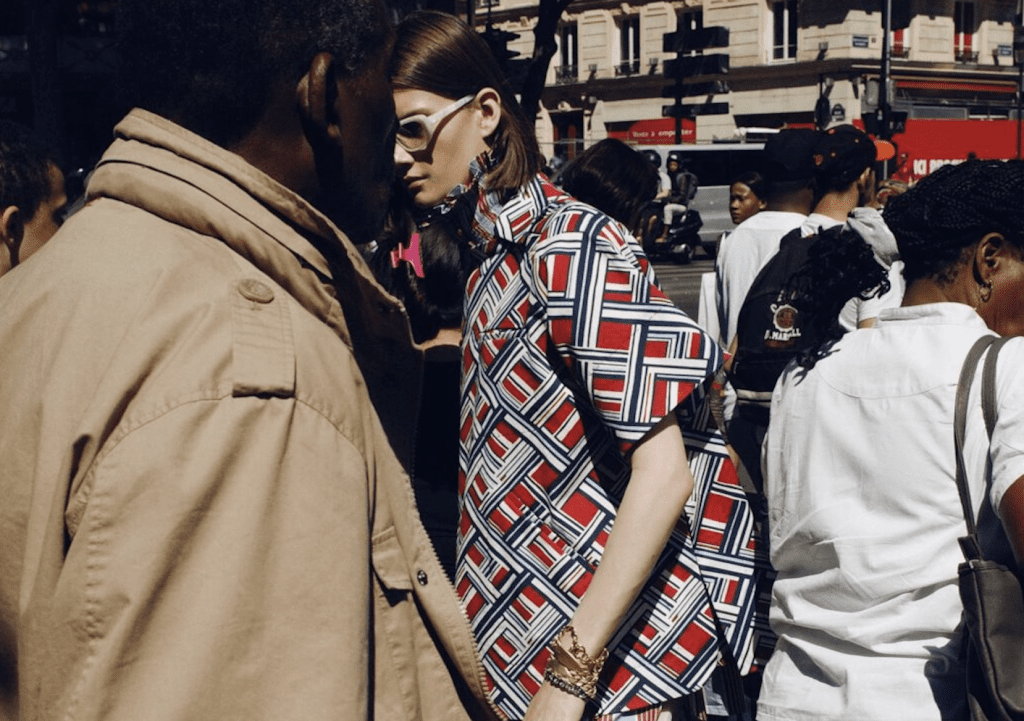Almost eight months after LVMH Moët Hennessy Louis Vuitton confirmed that it would acquire Tiffany & Co. and bring the famed jewelry company under its umbrella in furtherance of its biggest – and most expensive – deal to date, the closing of the $16.2 billion merger is taking even longer than the parties initially anticipated. LVMH Chief Financial Officer Jean-Jacques Guiony revealed in a Q2 a call with analysts in July that “things are moving forward” with the headline-making deal, which was expected to close on August 24, but reports have since put the closing date closer to November 24 after the initial August deadline came and went.
COVID-19 concerns and debunked reports of renegotiations and/or open market stock purchases aside, a significant aspect of the holdup stems from the fact that LVMH is waiting for a number of antitrust approvals. The merger “has received all required regulatory clearances in the United States,” according to an April 2020 U.S. Securities and Exchange Commission filing from Tiffany & Co., including the Federal Trade Commission (“FTC”) and the U.S. Committee on Foreign Investment. And it similarly has been given the green-light by the Australian Competition and Consumer Commission, South Korea’s Fair Trade Commission, Canada’s Competition Bureau, and the State Administration for Market Regulation of China.
However, at least a few key regulatory bodies, including the relevant entities in the European Union, Japan, Mexico, and Taiwan, have not yet approved the transaction, which was given the go-ahead from Tiffany shareholders in February.
Lessening Competition?
In terms of what competition bodies look for when evaluating potential mergers, the FTC, for instance, is bound by the Clayton Act, which prohibits mergers and acquisitions when the effect of such a transaction “may be to substantially lessen competition, or to tend to create a monopoly.” With that in mind, the FTC says that “the key question” that it asks when it comes to scrutinizing mergers “is whether the proposed merger is likely to create or enhance market power or facilitate its exercise.”
Beyond that, the FTC asks whether the merger substantially lessens competition by, for example, “creating or enhancing the ability of the remaining firms to act in a coordinated way on some competitive dimension, or by permitting the merged firm to raise prices profitably on its own (unilateral effect)”? That is one of the questions that arises in a horizontal merger, which is a transaction between direct competitors, as opposed to those between companies that occupy different levels in a supply chain, such as a manufacturer and a distributor, or a distributor and a customer. (The latter of which is called a vertical merger).
This distinction is relevant to regulators (and merging parties, as well) given that the level of risk associated with the respective types of mergers can be quite different. In the eyes of the FTC and the U.S. Department of Justice, “the greatest antitrust concern arises” in connection with horizontal deals, while vertical mergers have “historically been viewed by the agencies to be less likely to harm competition,” according to Freshfields’ Mary Lehner and Jenn Mellott.
Against this background and given that LVMH and Tiffany & Co. are more aptly described as occupying the same level in the supply chain (both are purveyors of luxury goods), making their tie-up more of a horizontal one than a vertical one, how is it that the major-merger got regulatory approval in the U.S. and what can be expected in the European Union?
Chances are, a lack of regulatory pushback in the U.S. – even in light of the chance that regulators “might be more likely to find a narrow ‘luxury only’ product market in which there are fewer participants each with higher shares” to be problematic from a merger point of view, per Schiff Hardin counsel Steven Cernak – is due, at least on a high level, to the diversified nature of LVMH, as a whole. After all, the Paris-based group is not merely in the business of offering up jewelry. As a luxury goods conglomerate, LVMH’s offerings range from fashion and leather goods to wine and spirits to media (it owns publications like general news company Le Parisien and financial news outlet Les Echos) and yachts. While quite a few of the 75 companies that it owns – from Louis Vuitton to Celine – do, in fact, sell jewelry, only six of its properties, including Bulgari, Tag Heuer, and Hublot, fall within its Jewelry & Watches division. That likely stands to diffuse at least some concern as to how the merger would impact the state of the market.
It is also significant that the Jewelry & Watches division is a relatively small portion of LVMH’s portfolio. Last year, the business segment was responsible for only 8 percent of the company’s total revenue of more than €53.7 billion ($63.43 billion), down from 8.5 percent for 2018. (Compare that to the 41 percent of group revenue generated in 2019 by the Fashion & Leather Goods division, for example).
Moreover, it probably helps that there are sizable competitors in this space, including Gucci-owner Kering and Cartier’s parent company Richemont, and that, as the Korean Fair Trade Commission asserted in connection with its approval of the LVMH and Tiffany tie-up, the global high-end jewelry market is largely devoid of any high concentrations even if the merger were to take place, given that there is a number of competing brands, including Cartier, Van Cleef & Arpels, and Boucheron, among others.
These points proved relevant when the European Commission cleared LVMH’s acquisition of Bulgari, for example, in June 2011, with the executive branch of the European Union determining that “the acquisition would not significantly alter the competitive structure of the markets concerned,” in part because “LVMH will continue to face effective competition from several other manufacturers of luxury goods.”
While the European Commission held that “Bulgari and LVMH both produce and sell high-end watches, jewelry, perfumes and cosmetics, as well as fashion and leather goods, including accessories, [and] LVMH owns and operates several selective distribution retail chains,” it ultimately asserted that its investigation revealed that their “combined activities do not give rise to high market shares under any plausible market definition.” As such, it concluded that “the transaction would not significantly impede effective competition in the European Economic Area or any substantial part of it.”
If the Bulgari approval is any indication, it seems feasible that the European Commission will approve the Tiffany deal.
COVID Consolidation
Looking beyond the specifics of the pending merger between Tiffany and LVMH, which was was underway before the onset of the COVID pandemic, it undeniably comes amid growing concern among regulators about market consolidation (mostly in the tech space, but also in terms of consumer goods companies). Coming with this is what Bloomberg calls “a sobering challenge for U.S. antitrust enforcers, [as] the pandemic risks worsening the very problems of rising concentration and declining competition that they were already trying to address before the outbreak.”
As the publication’s David McLaughlin wrote in May, “For years, antitrust experts and economists have been warning that markets were becoming less competitive, harming consumers and workers in the process.” Now, he says that “antitrust experts fear that as the largest companies increase market shares,” smaller entities, particularly ones impacted by continued effects of COVID, “might disappear or have little choice but to sell out at fire-sale prices to stronger rivals.”
Such consolidation is underway within the fashion industry, both in a COVID and pre-COVID capacity, heightened largely by the fact that titans like LVMH and its rivals are only gaining in size and power, and thereby, making it increasingly difficult for other entities to compete, and culminating in the pattern of many “smaller players” – or maybe better yet, single-brand players – seeking refuge with the industry’s behemoths. This has ultimately prompted the general consensus (at least from a markets point of view) that is that it is better to be big. It follows from this that “brands can do better with a conglomerate” behind them, as the Economist put it late last year.
Chances are, this will continue for the foreseeable future … to the extent that regulators see fit.
UPDATED (September 11, 2020): LVMH and Tiffany have received regulatory approvals from the Japan Fair Trade Commission and the Mexican competition authority, the U.S. jeweler said on Friday. As reported by Reuters, “Tiffany said in a filing on Friday the deal completion was still subject to approval from the European competition authorities and the Taiwan Fair Trade Commission.” Meanwhile, on Thursday, LVMH revealed that it would file its requests for approval to European authorities in the coming days, expecting to receive such authorizations in October.











